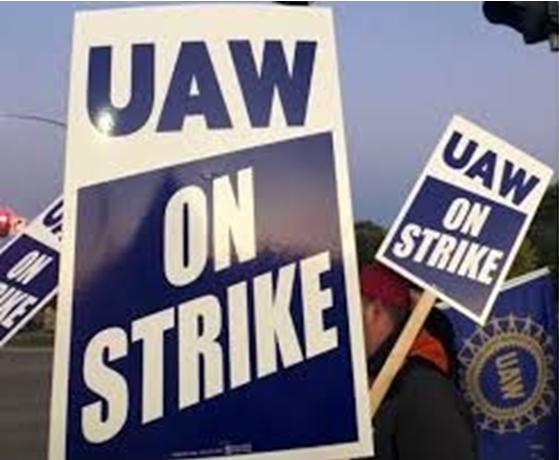“The Beginning of the End – Part 2”

Dick Donovan, President and CEO of World Jai-Alai, walked down to my office. He stuck his head in and said, “Are you ready?” “For what,” I responded. “To play tonight. To be a professional Jai-Alai player.”
It had been my goal, my dream, since the first day I walked onto that massive court at Daytona Beach Jai-Alai in 1969. Catching my first pelota in the wicker basket (cesta) was a feeling like no other. I practiced almost daily hoping one day to hear: “Now coming onto the court in the red shirt of post 1, Martino,” spoken proudly by a Tampa Jai-Alai announcer.
But now, I’m in Miami. It’s April 14th, 1988. I’m 39 years old, have a lovely wife, two beautiful children, and Donovan is about to fulfill a life-long dream. Few Jai-Alai players play until age 39. I’m going to make my pro debut at nearly 40?
Now images flood my brain. I’m walking onto the Miami Jai-Alai court. This was the home of Jai-Alai in the U.S. This was the kingdom of legends, like Churruca, Chimela, Orbea, and yes, Joey.
I see a rebote coming to me off the back wall. I set up, swing the cesta, and whiff. The thousands of Cuban fans are unmerciful to me. I hear and understand their Spanish cursing as I run off the court. These same fans have chased Miami greats like Juaristi from the kingdom of Miami. Can a 39 year-old has-been or never-was survive.
My face reddens, my heart races as I look up at Donovan. “Dick, if you really need me, I will do it. But if you don’t, I’m going to pass on my dream,” I regretfully told him.
Six hours earlier, Dan Licciardi, Assistant GM, was doing his daily routine of walking the facility. As he entered the Player’s Quarters, he noticed some players around their lockers. It is not unusual for a few players to come there in the daytime. Some come for a massage. Others might practice. But he had never seen players with multiple cestas near their lockers at that time of day.
He approached one of them and asked what was happening. The player sheepishly informed him he was taking his baskets home and cleaning out the locker. He told Dan, “The players are going on strike tonight.”
In the past few weeks, we had heard many rumors of the players walking out. Negotiations about the forming of a player’s association or union were going nowhere. The companies were using delaying tactics and the players were getting impatient. But no one believed they could or would actually strike. Until that day. And, Dan knew it.
He quickly went to Paul Rico’s office, General Manager, and told him what he saw. They both went up to Donovan’s office. “The players are gathering their stuff from their lockers, taking their cestas home. The strike starts tonight,” Licciardi told Donovan. He asked how many. Dan wasn’t sure, but from previous conversations with the players, he thought about half.
Donovan emphasized that the main thing was to stay open. “We have to get a count on how many are not going out on strike. We have to have a performance tonight as scheduled!” he said.
The phone calls began. Kent, one of our American players quickly responded that he was playing. Billy, another American, was not. Some could not be reached. No one would really know until it was time to choose. That was coming in just a few hours.
We found that 23 of the 46 players would cross the picket line and play that night. We could definitely open, but would need to adjust the schedule to play more singles games, which only required eight players as opposed to the many doubles games (16 players). But there were to be 13 games total that night. We needed to play them all.
No, “Martino” was not needed. We could field a good roster. Yes, some of the star players, like Michelena, would not play. But Miami had a great group of players. There were more Americans playing at Miami Jai-Alai than any other fronton. They had trained at our school. Most were loyal to the company and chose not to strike. The caliber of play would not suffer much with the reduced roster. But we would soon find that would be the least of our problems.
At about 6 p.m., picket lines began to form on the corner of NW 36th Street and 37th Avenue, near the entrance of the fronton. Then, players appeared at the other end of the avenue. They were carrying signs and chanting slogans. This was a public thoroughfare and the pickets were very close to the doors of the fronton. Fans began to arrive. Some crossed the picket line, ignoring the heckling. Others turned away.
As the players that chose not to participate in the picketing slowly drove in, the yelling got louder. They chased their cars screaming insults in Spanish, Basque, and English. This did not stop those fearless 23 players. They tried to ignore them. Some became very confrontational. Yesterday, these were there close friends, today their fierce enemies.
We called other facilities that were in-season throughout Florida and Connecticut. The same thing was happening, but worse. Most had but a handful of players that defied the pickets and came to play. Our Tampa facility would not have enough players open that night. Nor would many others.
Connecticut, being a union state was the worst. The Jai-Alai companies had little support from the customers, the politicians, or even law enforcement. Hartford and Bridgeport would take the brunt of it. They had no idea how bad it would get. Nor did we.
That April evening, where the players began their walkout, was a Thursday. Miami Jai-Alai would usually get from 3,000 to 4,000 fans. About 2,500 went through the turnstiles. We stayed open that night, completed all the games. Chants and taunts could be heard through our office windows.
When the night ended and the crowd exited, the players were still there. They were there the next day, and the next day, and the next. And things would get far, far worse, for all of us.










